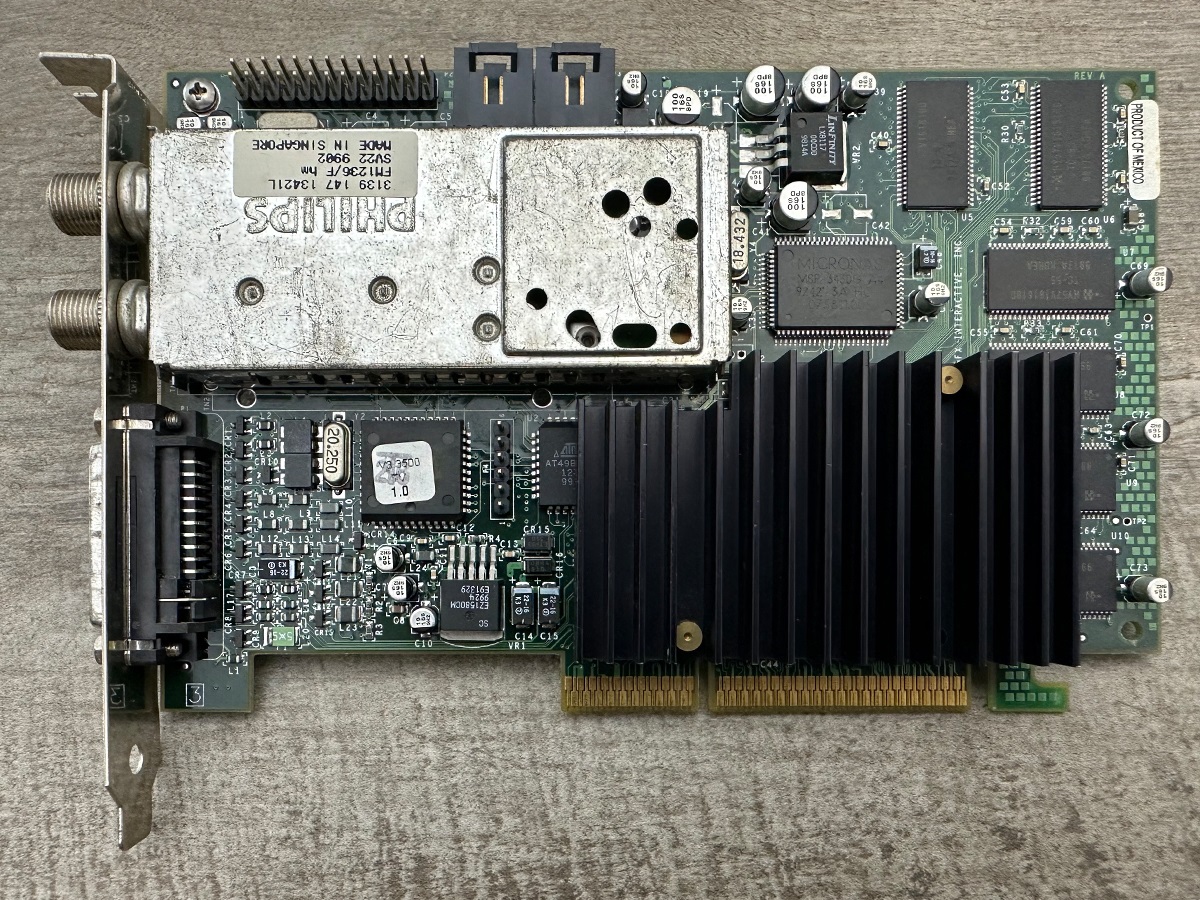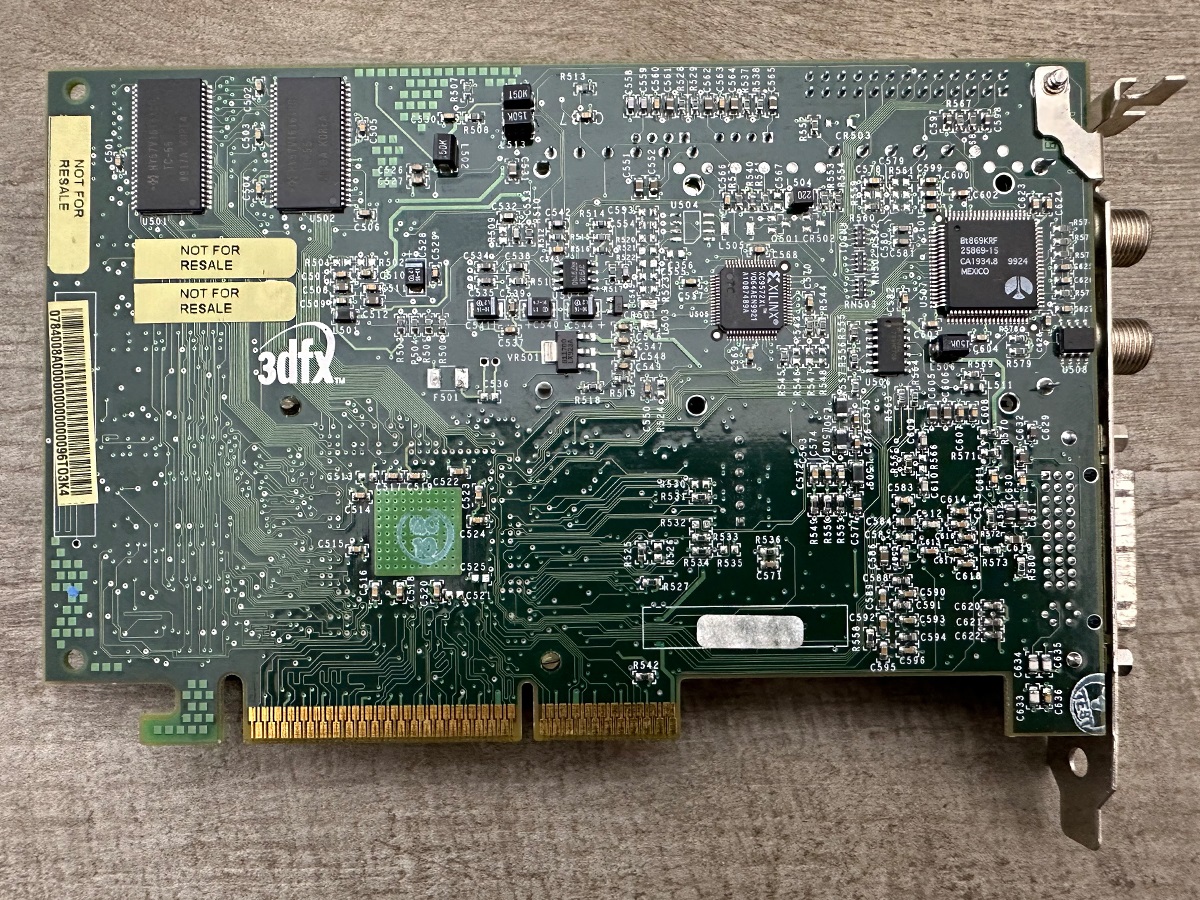Rampage
After 3DFX was founded in March 1994, it began to develop hardware and chips for the gaming market such as arcade machines. On November 6, 1995, 3Dfx announced Voodoo Graphics, a 3D graphics accelerator designed for 3D entertainment applications on arcade and home computers. and achieved great success.
In 1997, the Sega Dreamcast game console solicited two competing designs: a unit code-named "Blackbelt", a system designed in the United States using 3dfx technology, and "Katana", developed in Japan using NEC and VideoLogic technology.
on July 22, 1997, 3DFX Voodoo2 competes with PowerVR Series2 Sega Dreamcast game console graphics processor fails,3Dfx wasted over a year of precious time. Although Voodoo2 later achieved great success in the PC market, 3Dfx is still very concerned about the game console market that has not yet made a breakthrough, and plans to use new technologies to improve the performance of 3D chips and crush competitors.
In 1998, 3dfx started the Rampage project. The Rampage development project is a new technology for the new graphics card, which is expected to be several years ahead of the competition once it debuts. The research and development direction of the Rampage project tends to use 3D auxiliary chips to work with new 3D chips, so that 3D performance can be greatly improved.
In February 1999, the Rampage project carrying the 3dfx game console dream was first verified on the Voodoo3 chip graphics card. On March 10, 2000, Bill Gates officially announced the Xbox plan at GDC2000. 3dfx, believing rumors that the Xbox will use Gigapixel graphics technology, faced the poor progress of the Rampage project and announced its plan to acquire GigaPixel on March 28.Unexpectedly, Nvidia, the new king of 3D graphics cards following Microsoft's technical route, won the Xbox contract, and 3dfx's competitive game console graphics processor failed again. 3dfx has spent too much energy and money because of the game console dream, and it has become the main factor that causes 3dfx to crash.
In November 2000, the Rampage project announced its initial success. This so-called Rampage chip integrates two VSA-100 cores on one chip, and its performance is weaker than the Voodoo5 5500 graphics card with two VSA-100 cores.
Technical specification of Rampage:
Video memory capacity:64MB
Bus type: DDR-SGRAM
Bus interface: AGP 4x
Core clock:200 MHz
Memory clock:400 MHz
Core config:4TMU/4ROP
Pixels/s:800M
Textels/s:800M
Fab (nm):180 nm
6.1 Voodoo3 T&L
Display chip is Voodoo3, T&l chip is Mitsubishi M64592, 16Mb SGRAM 6ns Memory, PCB Date 1299weeks, PCB#600-0077-01.
Voodoo3 T&L
The attachment Voodoo3_T&L.jpg is no longer available
(From 3dfx.es)
6.2 SPECTER 1000
The Rampage project later plans to develop a SPECTER 1000 graphics card equipped with a Rampage chip, and a SPECTER 2000/SPECTER3000 graphics card equipped with 1 or 2 Rampage chips supplemented by a SAGE hardware T&L chip. The flagship Specter 3000 will have a bandwidth of 10.2 GB/S and a fill rate of 1600-2000Mpixels/S.
PCB#210-0434-001-A1,PCB DATE 0047weeks。
The attachment Rampage_thedodgegarage.com.jpg is no longer available
The attachment Rampage_thedodgegarage.com_1.jpg is no longer available
(From thedodgegarage.com)
The performance of the SPECTER 1000 graphics card developed in November 2000 was only comparable to the Geforce 256 graphics card that integrated hardware T&L into the graphics core in August 1999. At this time, the GeForce2 Ultra graphics card with the same performance as the SPECTER3000 graphics card has been launched. Is it necessary to continue the development of SPECTER 2000/SPECTER3000 graphics cards? Rampage does not have much innovation in technology, and it has to rely on additional chips to improve performance, and the development cycle is too long, and it will eventually die, which directly causes 3DFX to completely lose its fighting spirit.3dfx sold most of its assets to Nvidia on December 15, 2000, and 3dfx has since become history.
.End.

